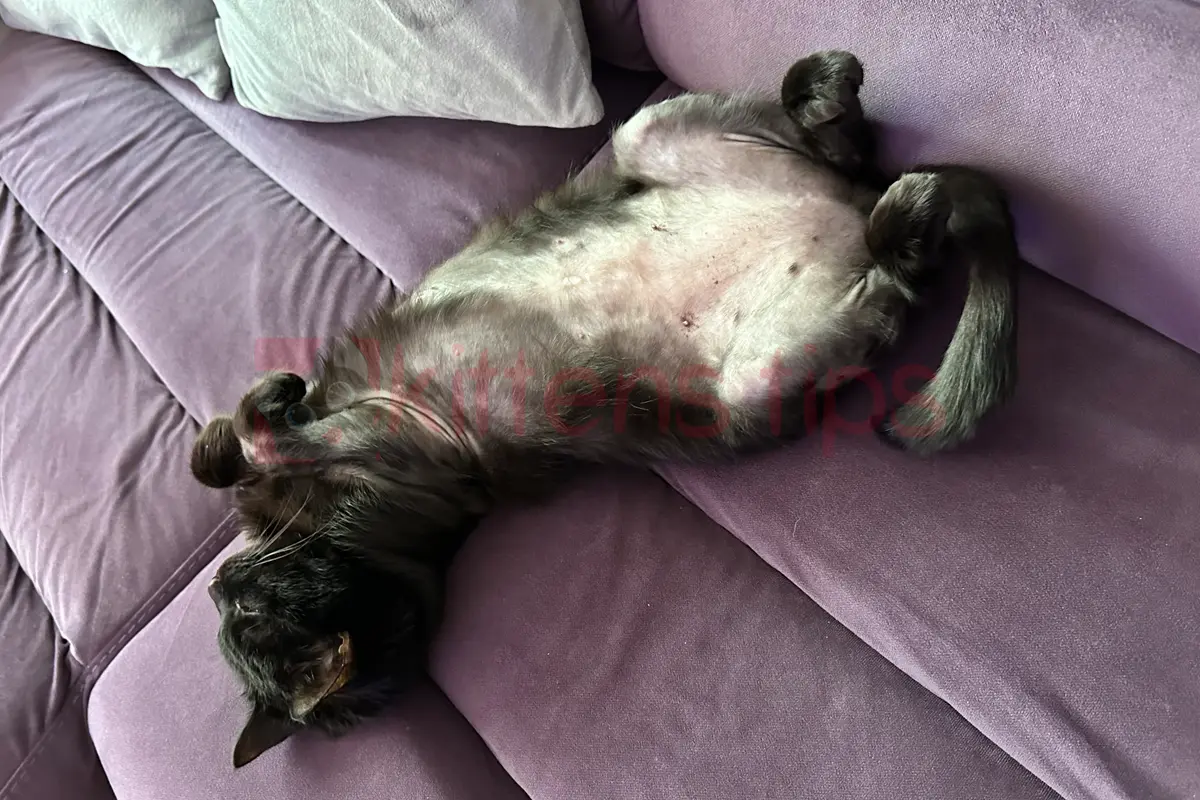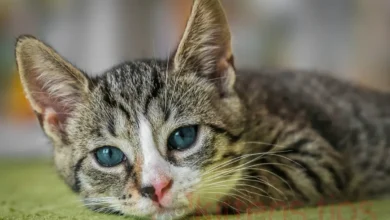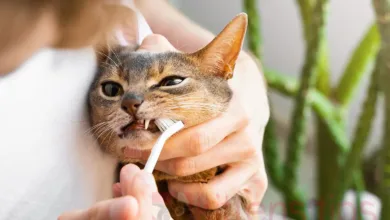
Cat Alopecia. Baldness on Belly and Body
Cat Alopecia, also known as feline hair loss, should not be a major concern for pet owners. It’s a normal process for cats to ‘refresh’ their fur once or twice a year, depending on their breed. Some cat breeds shed throughout the year, much to the dismay of their owners.
When well-defined areas of hair loss appear on the cat’s body, leaving the cat practically bald on the abdomen, limbs, back, or other body parts, it is likely a problem that requires immediate examination by a veterinarian. After a thorough examination, the veterinarian will determine the cause of the fur loss and baldness on specific areas of the cat’s body.
Alopecia or cat hair loss on the belly and other body parts can result from a variety of causes that demand heightened attention from owners and often necessitate a long-term treatment plan prescribed by a veterinary specialist.
Table of Contents
Common Conditions Leading to Cat Alopecia or Hair Loss on the Belly and Other Body Parts
There are several causes that can result in alopecia in cats. Here are the most frequent ones.
Excessive grooming due to stress or discomfort
Excessive grooming due to stress or discomfort is one of the key reasons behind cat alopecia. A cat’s excessive grooming is not solely for cleanliness; it can also be a response to stress or discomfort in a specific area, leading to repetitive licking and the rough tongue of a cat breaking or pulling out hair strands.
Allergies
Allergies, just like humans, cats can have sensitivities and intolerances to mites, foods, proteins, or even contact allergies. For instance, our cat, Soricel, had large patches of missing fur on several body parts. After a veterinary investigation, it was discovered she was allergic to chicken. She underwent a strict hypoallergenic diet for two months, and the effects were noticeable within the first week.
Fungal infections and bacterial overgrowth
Fungal infections (dermatophytosis) and bacterial overgrowth on the skin can result in fur loss and alopecia in specific areas. Your veterinarian may recommend special shampoos for a period of treatment.
Hyperthyroidism as a cause of cat alopecia
Excess thyroid hormones can lead to alopecia. Consultation with a veterinarian is required to determine the appropriate treatment and procedures.
Related: What is shedding in cats and what are the causes?
Hypersensitivity to Parasites
It’s unlikely for a cat to have never encountered fleas at some point in its life, even indoor cats can get fleas brought in by their owners. Some cats are hypersensitive to flea bites, which can cause fur loss.
These are some of the most common causes, but cat alopecia can be caused by various other underlying conditions. Therefore, it’s crucial to seek immediate veterinary attention if you notice fur loss along with other signs and symptoms such as apathy, excessive scratching, red spots on the skin, or wounds in exposed areas.
Remember, it’s not cause for panic if your cat has less fur between its eyes and ears, or if fur doesn’t grow back after an open wound or surgical procedure.
*Please note that the above article does not represent the viewpoint of a specialist veterinarian. Kittens.tips encourages you to consult a veterinarian promptly in all situations when you notice something unusual in your cat or your pet.


